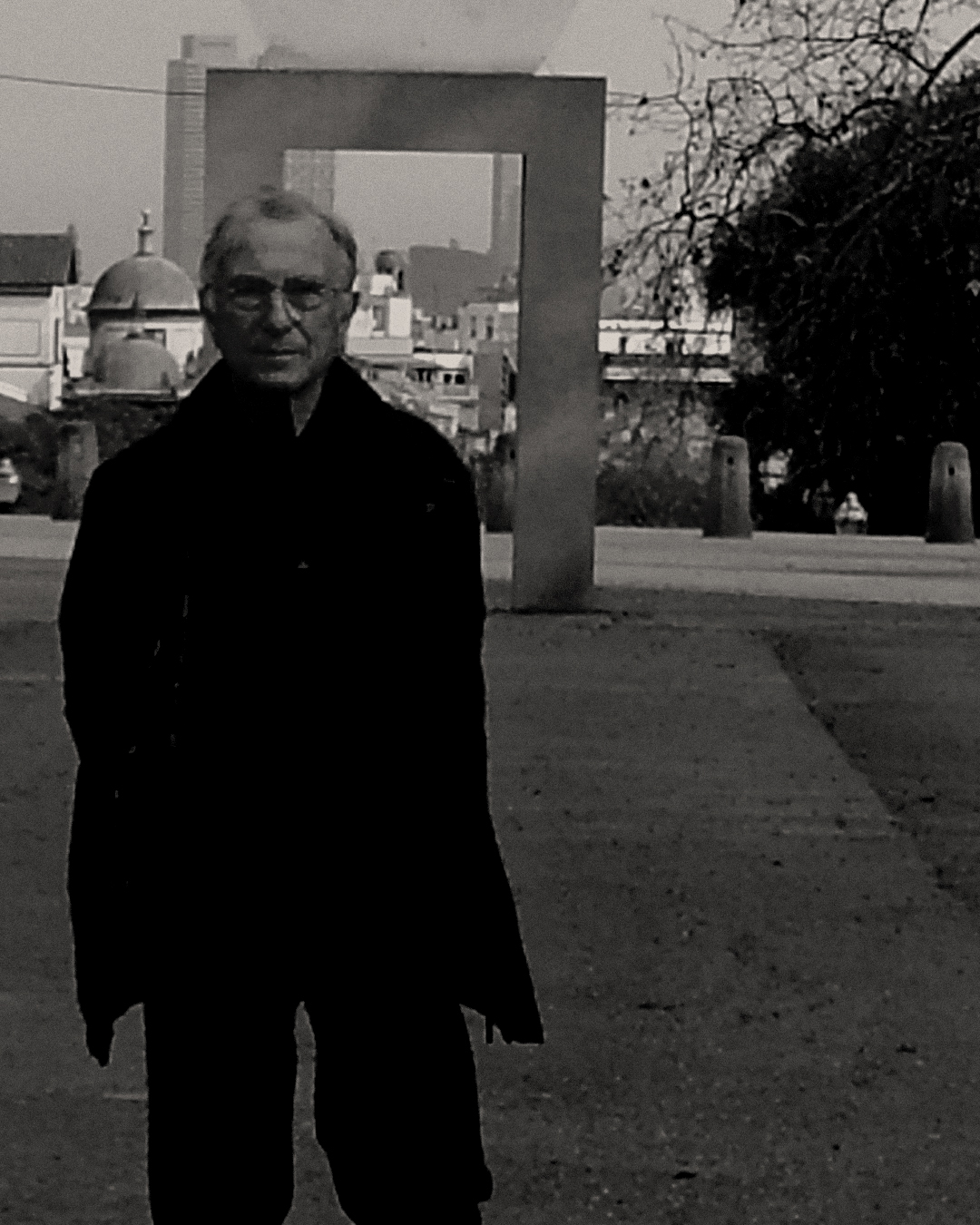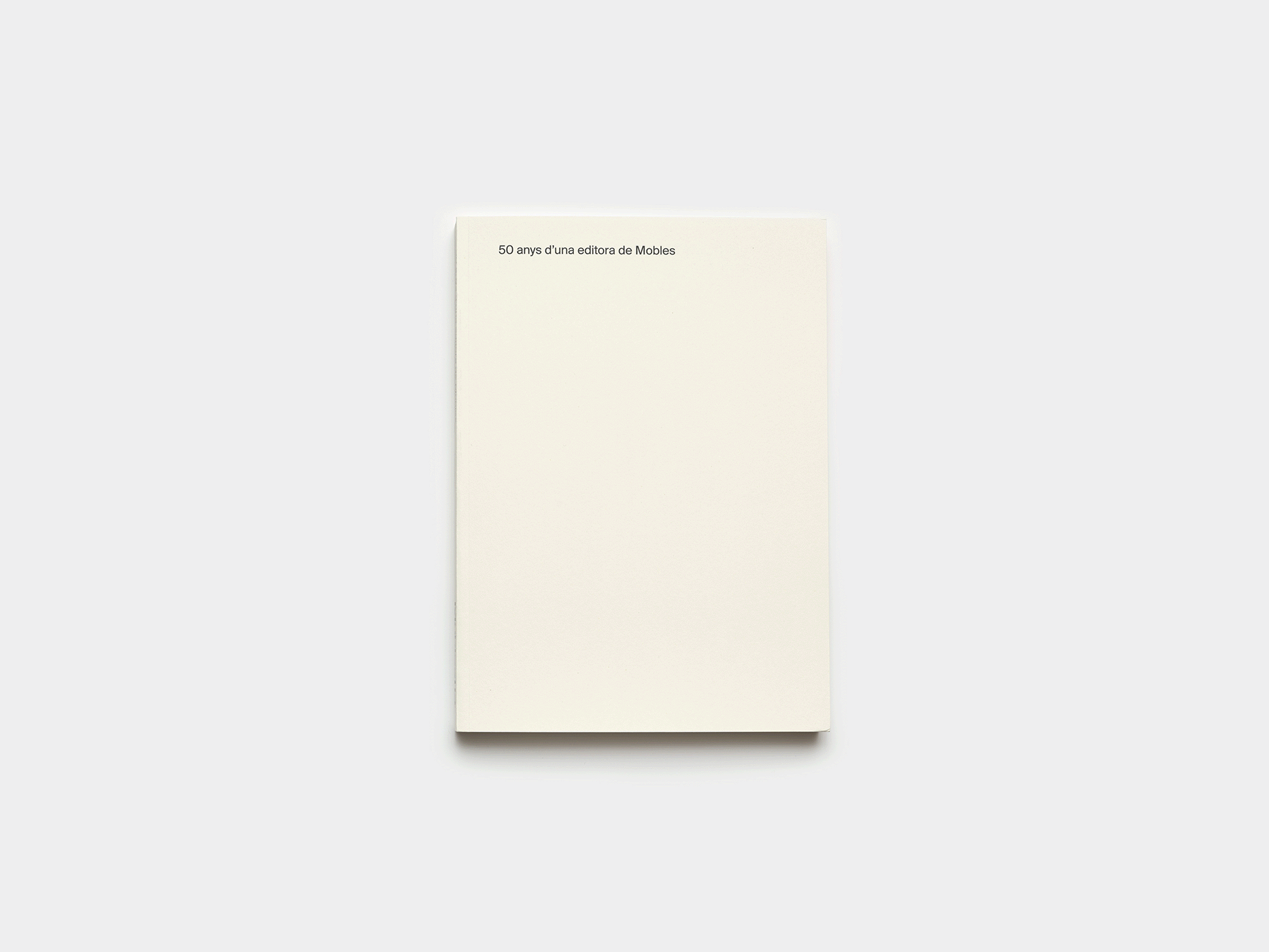Josep Maria Jujol, son of the architect Josep Maria Jujol Gibert, has recently left us.
Jujol Jr. devoted a good part of his life to the work of his father through the Jujol Archive, located in Els Pallaresos. He was also director of the Friends of Jujol association and author of numerous books on his father’s work.
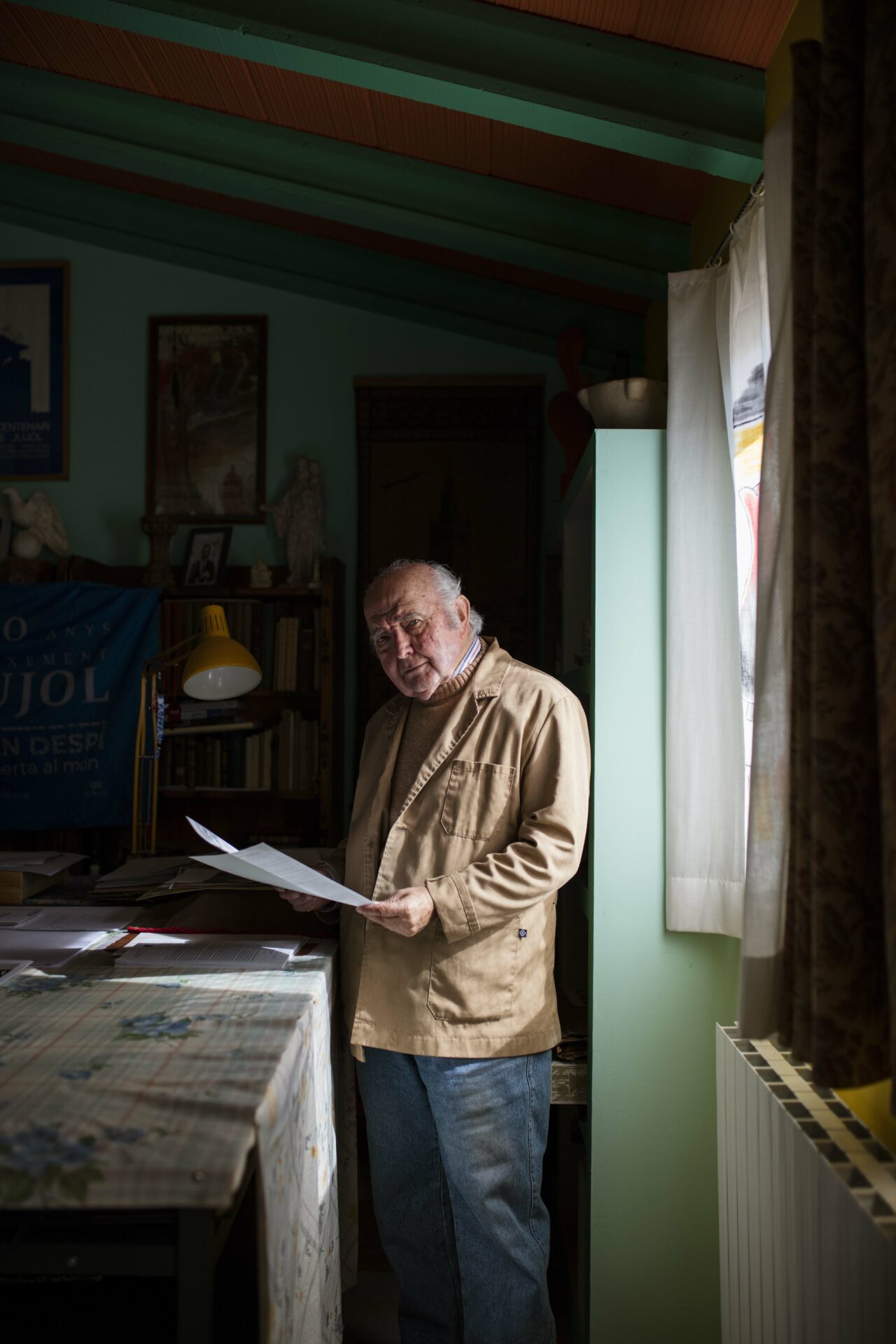
In 2018 we contacted Jujol Jr. to issue (reissue?) the Double Oval Table. This table, along with another one, was shown in an exhibition at the Museu Nacional d’Art de Catalunya conceived by the artist Perejaume. In this exhibition entitled Maniobra Perejaume, the author paired works from the museum itself with works by other artists with special attention to oval forms.
In the exhibition, Perejaume matched the Double Oval Table with a drawing by Joan Miró, and the Oval Coffee Table was linked to a drawing by Antoni Tàpies.
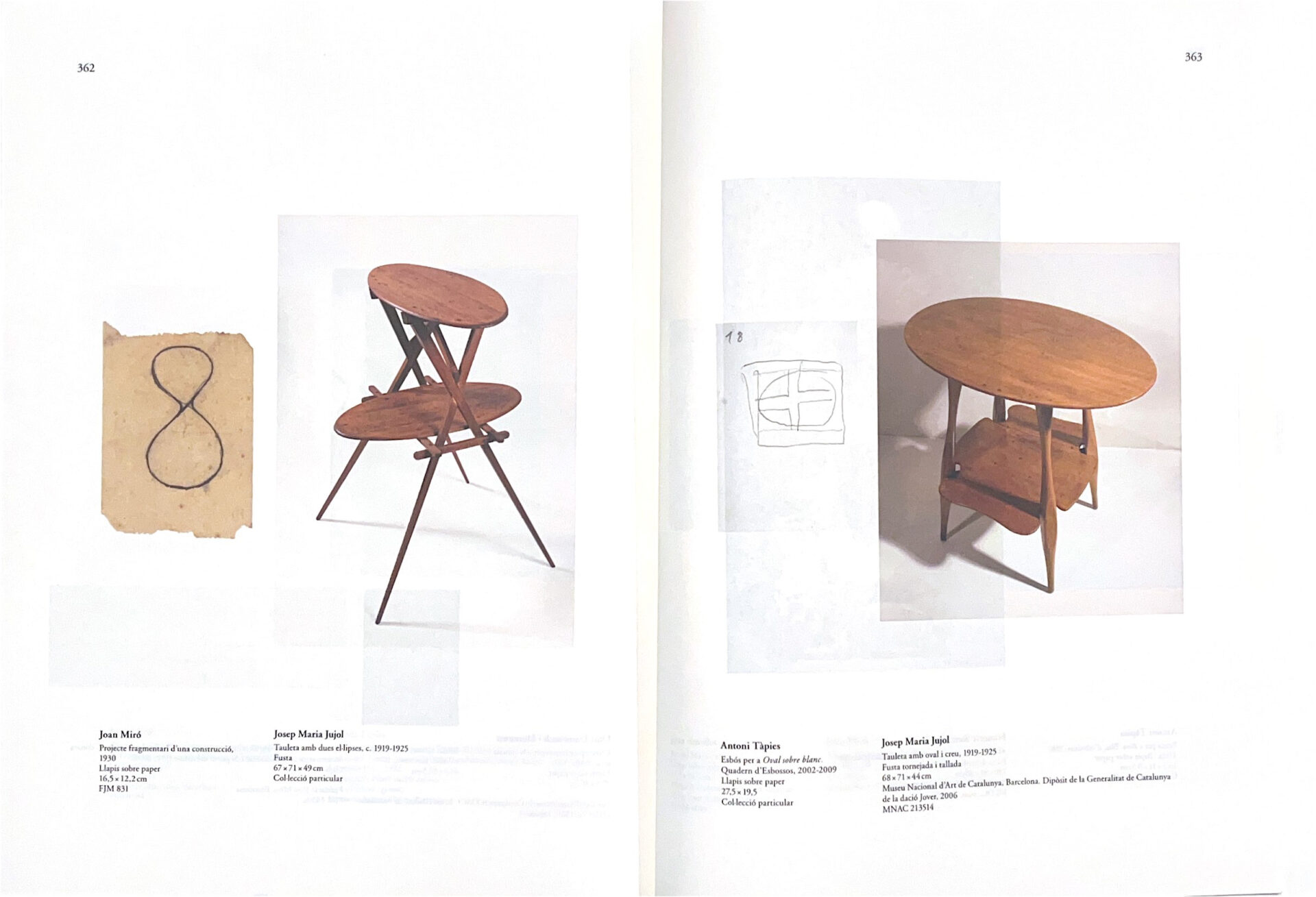
After the exhibition we came up with the idea of producing the Jujol 1920 table, as we have named it. The original model is built with two oval tops superimposed on two planes creating a three-dimensional cross supported by a slatted structure.
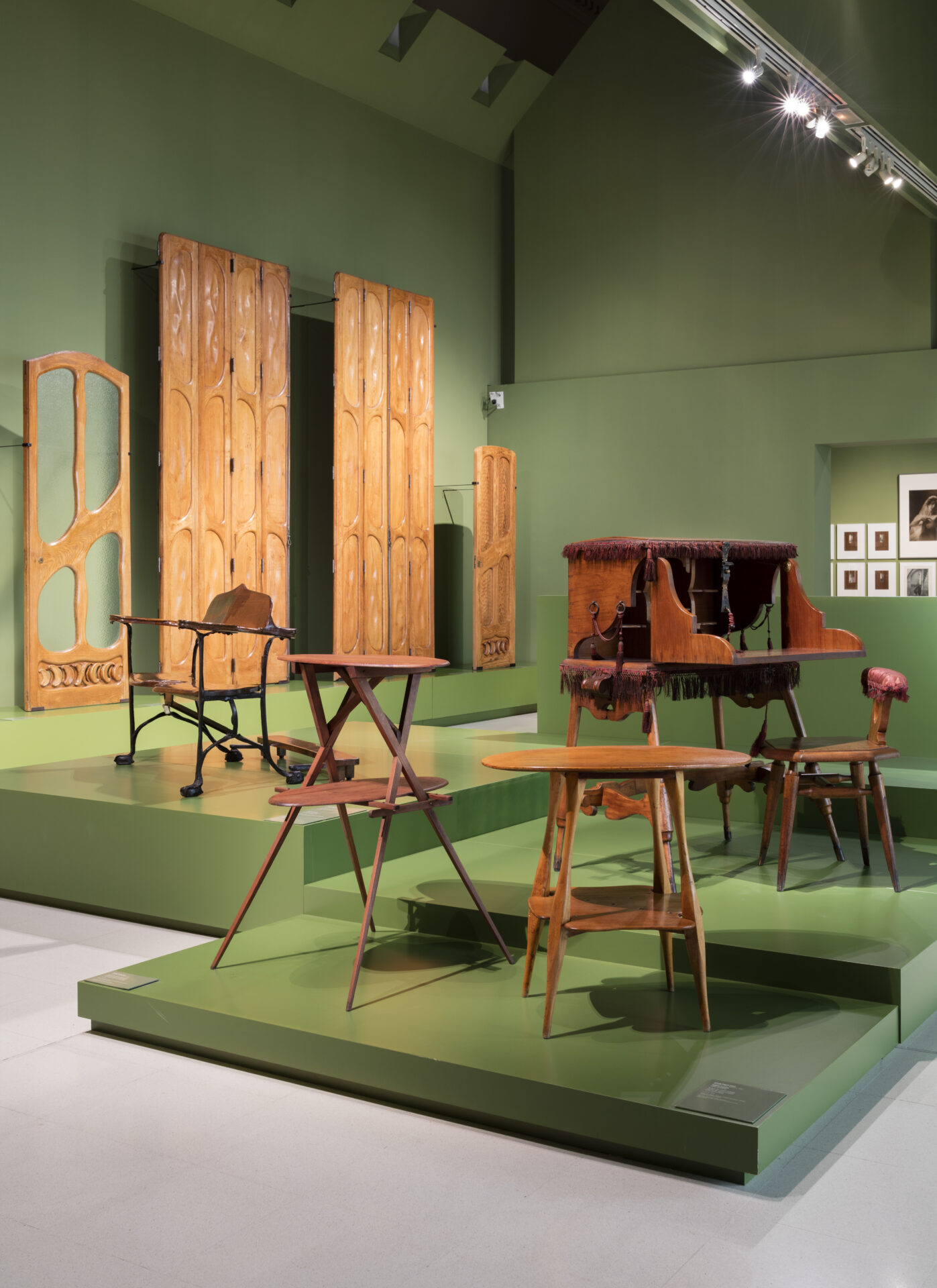
The relationship with Jujol Jr. was full of mutual understanding. In one of the visits to Els Pallaresos we recorded an interview in the Jujol Archive. In that interview, Jujol Jr. vindicated the figure of his father. The truth is that Jujol’s work has not received enough recognition, as is usually the case.
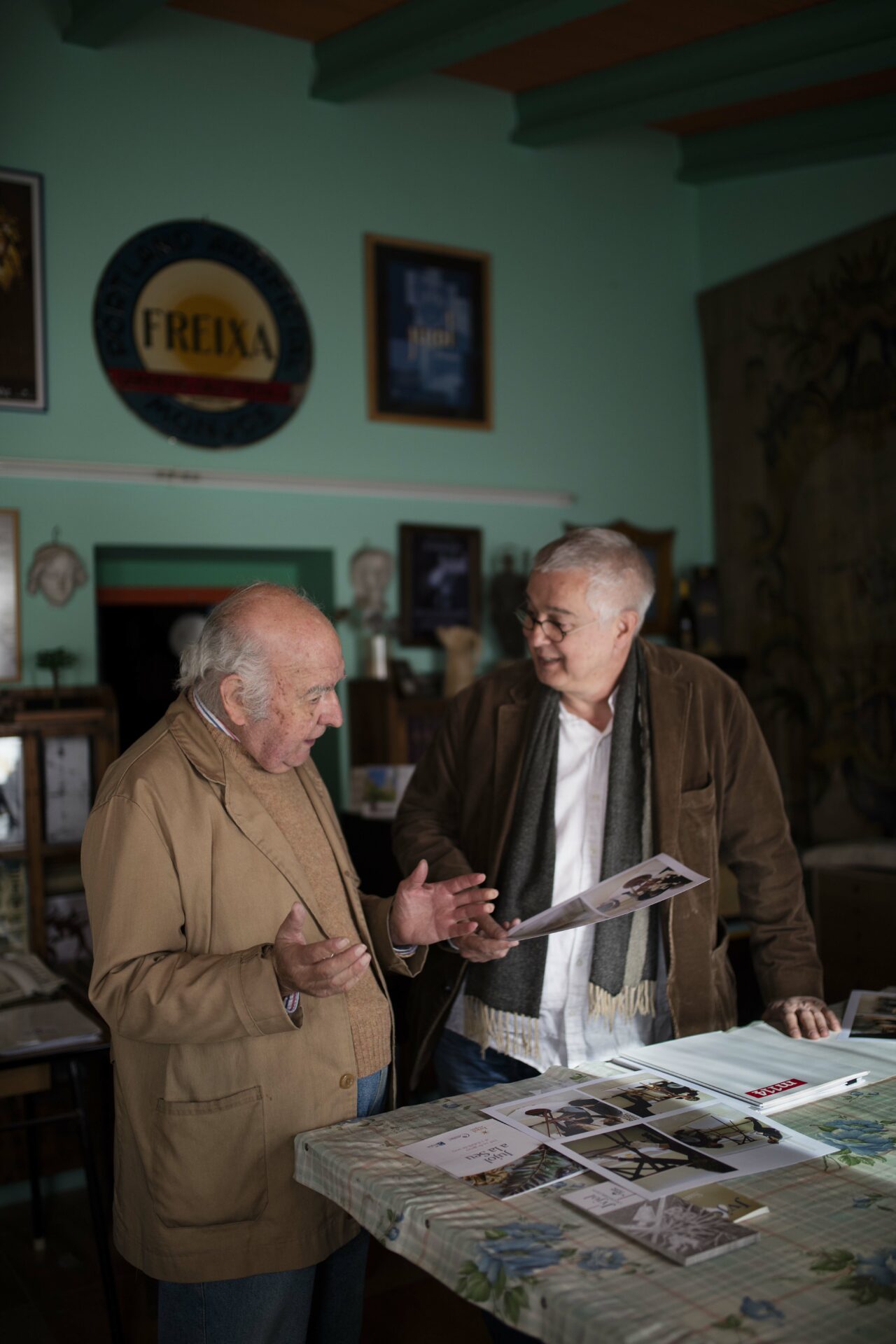
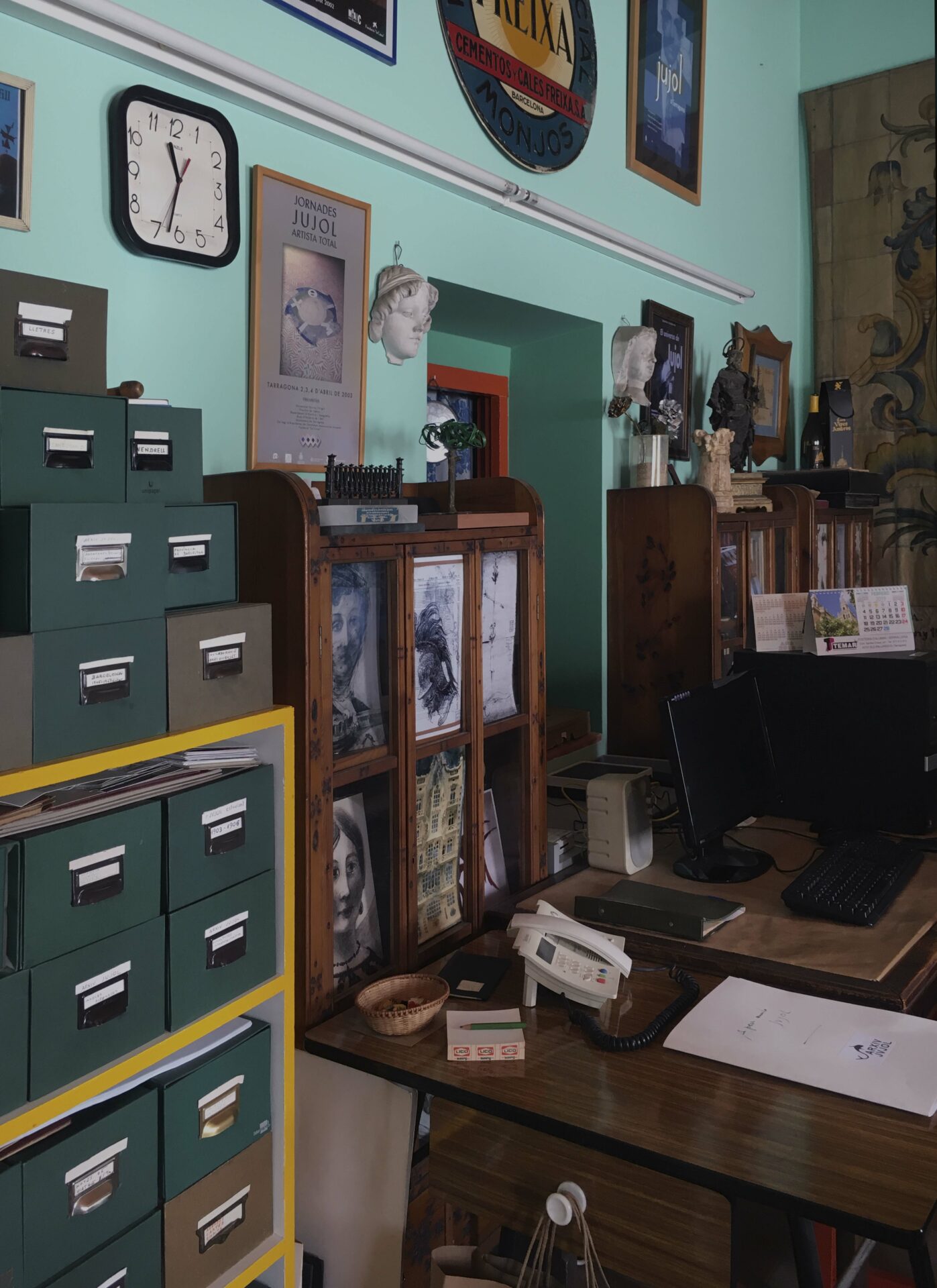
Fortunately, the modernist movement began to be vindicated from the 1960s, and so was the unknown figure of Jujol in particular. One of the promoters of this movement was the architect Oriol Bohigas, who himself had been his pupil. Jujol was an outstanding collaborator of Gaudí, who allowed him to experiment with total freedom. In his later career he experimented with all styles until he forged his own creative universe far removed from the conventionalism of his time.
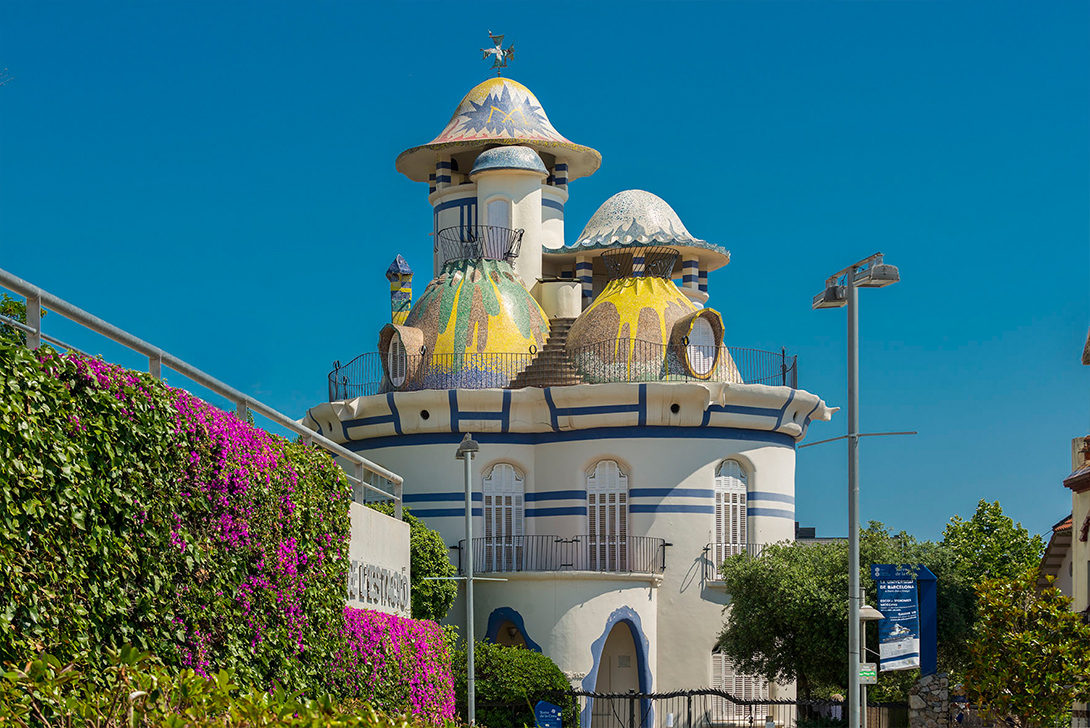
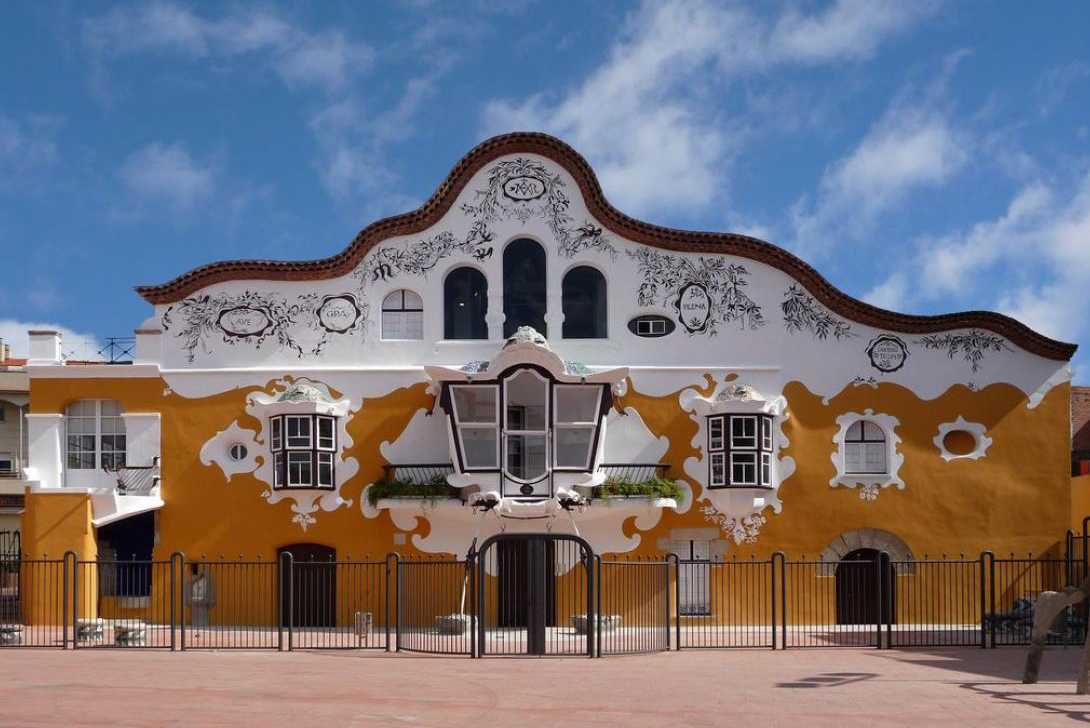
At Mobles 114 we also wanted to participate in publicizing his work as a designer. The table we chose to issue is at the Museu Nacional d’Art de Catalunya and we believe it is a unique piece. The way it is built, with imperfect joints, some with a nail right through, without glue or contact between woods, others in which the screw goes through the wood or inclined planes that do not fit, makes us think that the table is more a prototype than a piece out of the workshop of a woodworker.



Perhaps it is a table half made by a woodworker, half made by a bricoleur (maybe Jujol himself?). Perhaps… What we know for sure is that it was part of the furniture that the architect had in his house, in the Rambla Catalunya in Barcelona. His son testifies to this through his memories. He explains that they had it in front of a window with a couple of vases, one on each top. Sometimes with, sometimes without flowers.
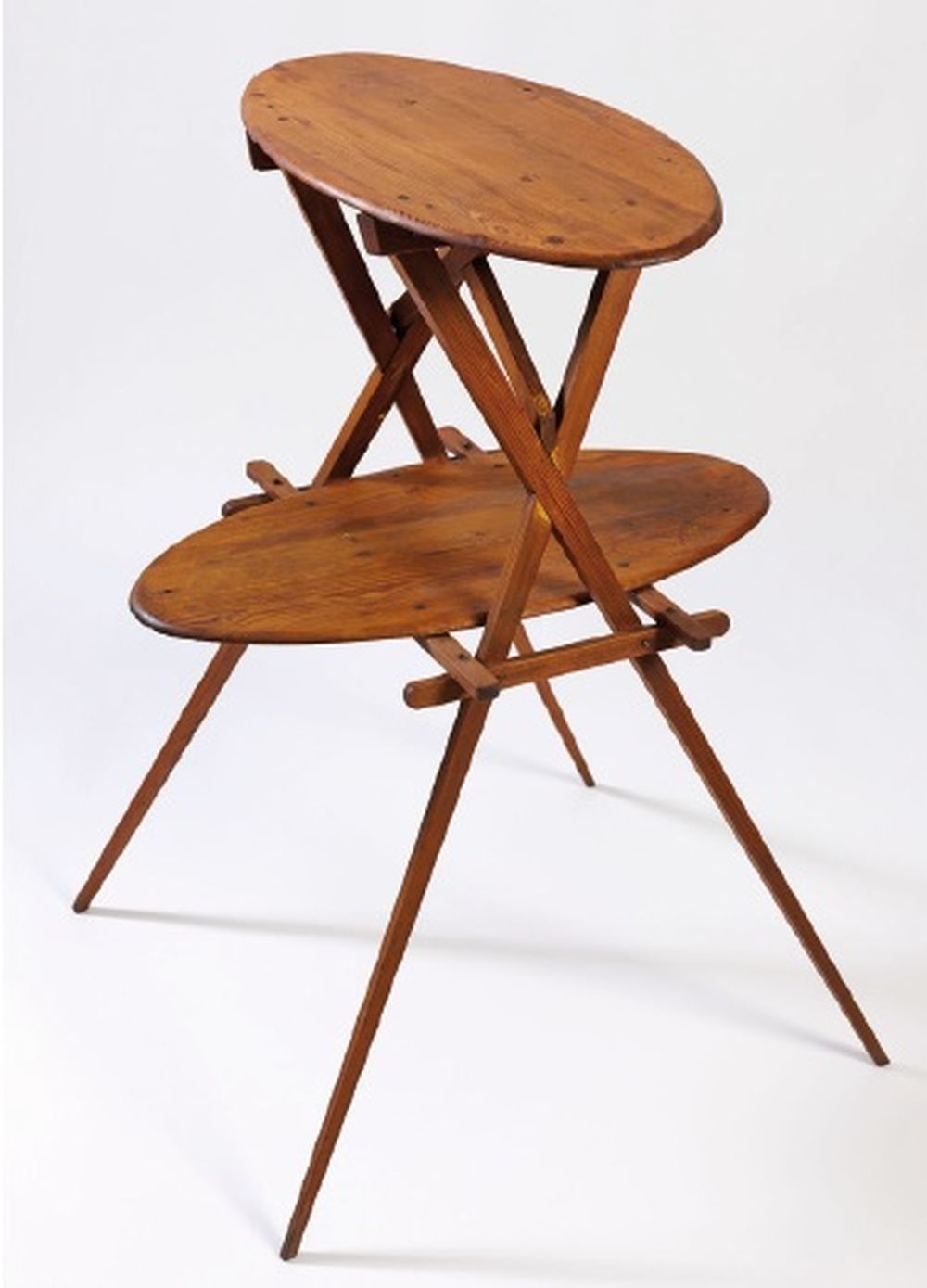
One of the ways to vindicate Jujol is to put his work on display. Jujol was an architect, but he also drew, painted, sculpted and designed. In the market, before our reissue, there was only the glass bottle Casa de Familia published by BD Barcelona Design.
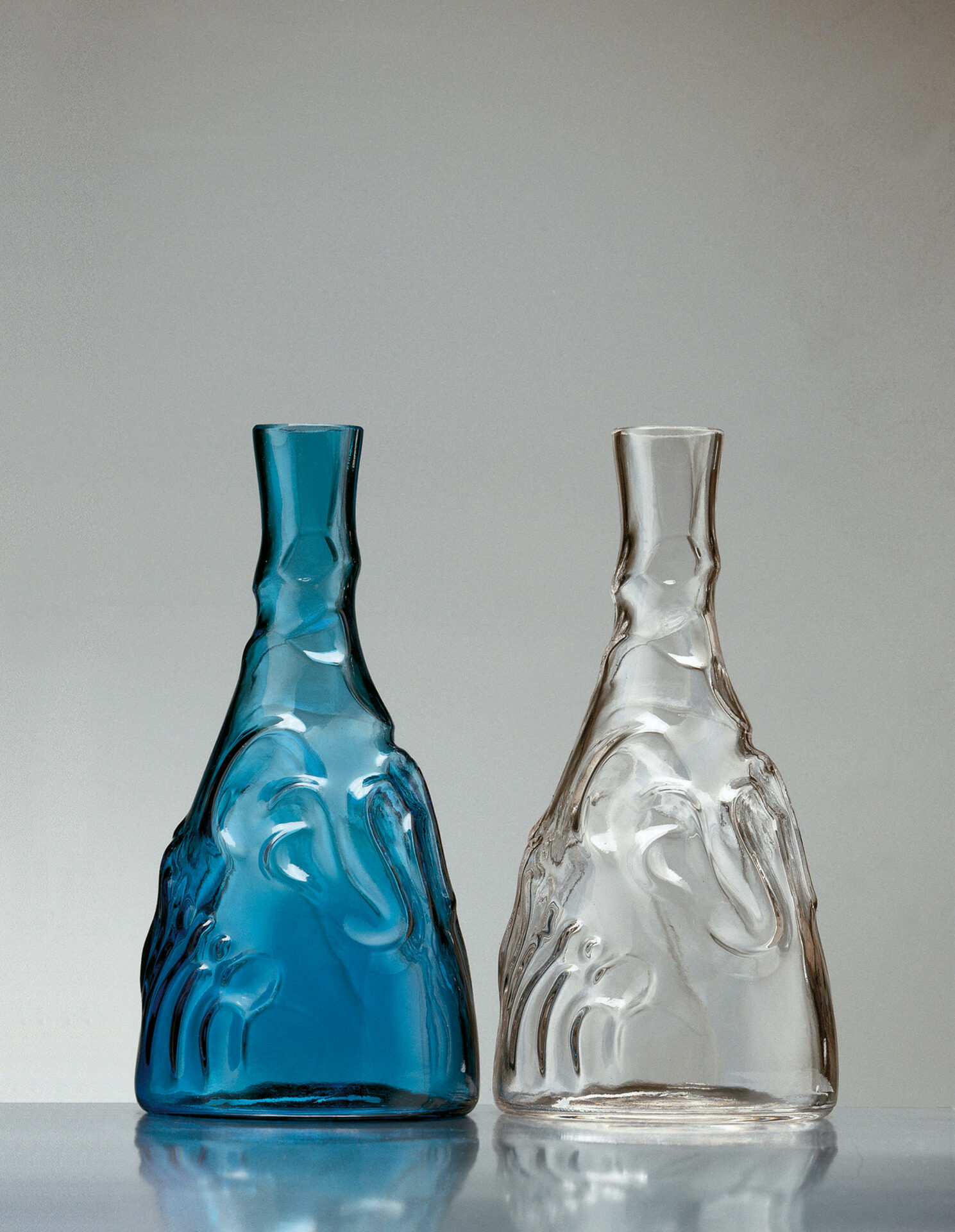
The Jujol 1920 table (a name we chose with the aim of highlighting Jujol’s name) is his first furniture design on the market and is part of Mobles 114’s Classic catalog.
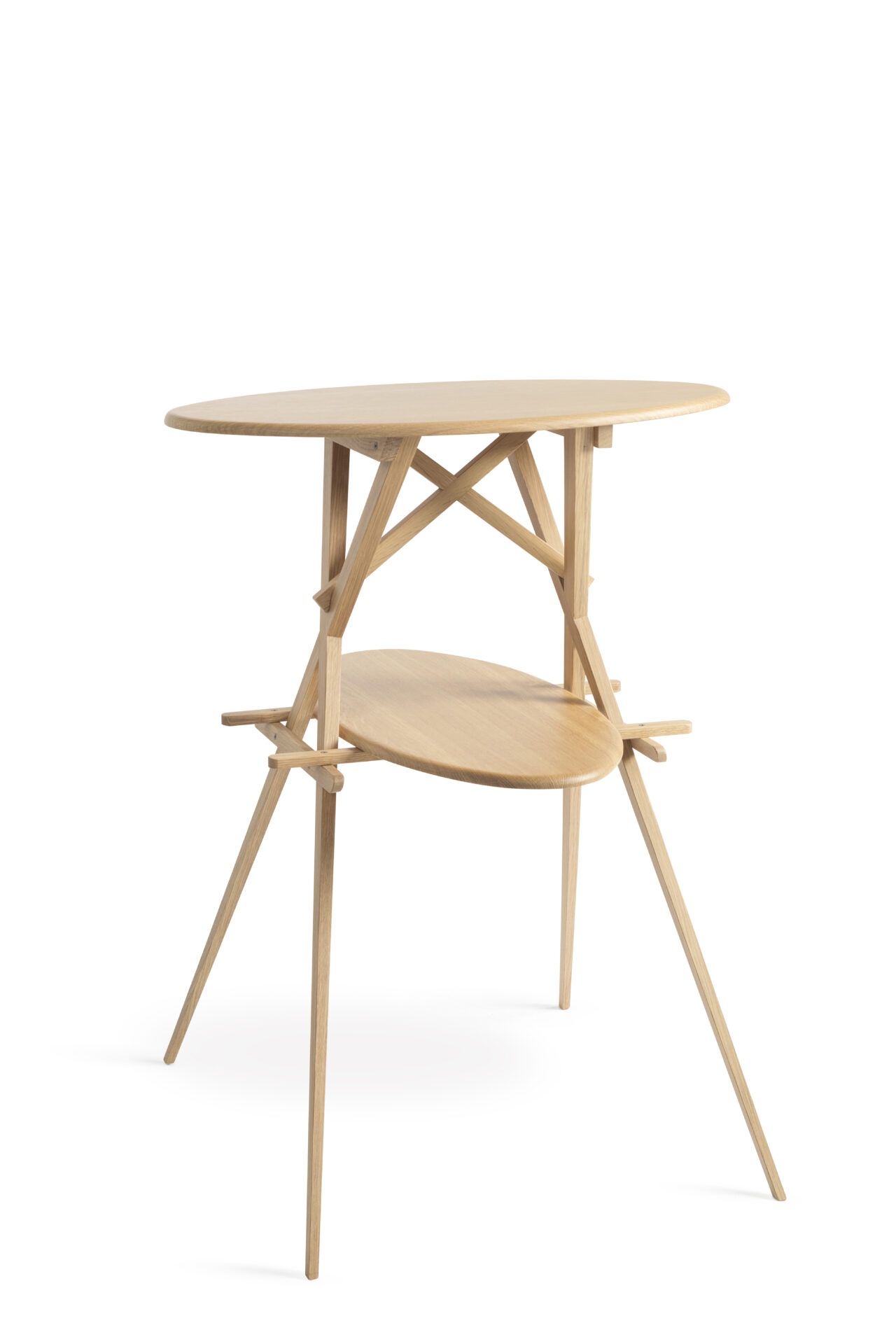
The architect’s work and archives are divided between the COAC, the MNAC and the Jujol Archive.
Photographs from the Jujol Archive by Meritxell Arjalaguer
